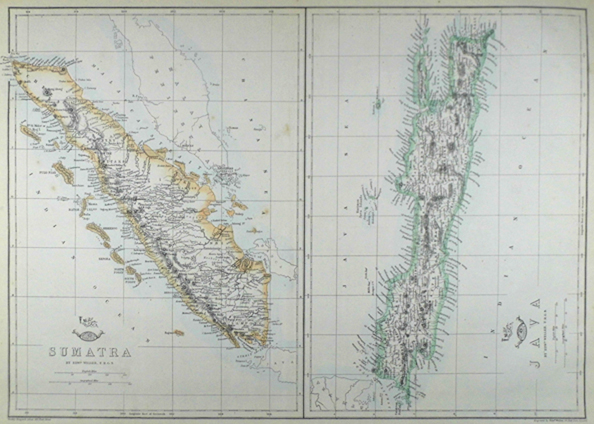

Based on in situ measurements and satellite altimeter observations, Hu, et al. For example, advanced very-high-resolution radiometer (AVHRR) satellite infrared images indicated cold water along the western coast of the SCS and evolved into a cold jet stretching eastward along 11°N–12°N in mid-August 1997 5. Subsequently, several studies have focused on the impacts of and/or mechanisms underlying this seasonal phenomenon 2, 3, 4, 5, 6. Wyrtki 1 showed that upwelling occurs at around 12°N, 110.2☎ off Vietnam in the boreal summer during the southwest monsoon, and is accompanied by a > 1 ☌ drop in sea surface temperature (SST) in June and July.

Seasonal upwelling in the South China Sea (SCS) has been recognized for more than half a century. Upwellings are the focus of much research because they pump subsurface nutrient-rich water to the sea surface, which in turn results in significant enhancement of phytoplankton blooms. Our findings suggest that not only the resulting weakening but also the perturbation of the SCS winds prevented the formation of summer upwelling off central Vietnam in that year. In the summer of 1998, SCS winds were greatly perturbed due to an anomalous wind path that blew toward the SCS through the Sulu Sea. Wind trajectory analyses revealed that cross-equatorial winds, which had passed over the Sumatra–Java upwelling site about 2 weeks earlier, were a rapid force acting on SCS summer upwelling. We demonstrated that the El Niño–Southern Oscillation, which was highly correlated with the upwelling in previous studies, was not solely responsible for this variability. In the summer of 1998, upwelling off Vietnam was almost absent, generating the warmest summer on record in the SCS.

Beyond seasonal time scales, the two upwellings were not synchronous in 1998.

Although located in different hemispheres, these upwellings nearly concur during the boreal summer both are the result of wind-induced Ekman divergence. Upwelling off Vietnam in the South China Sea (SCS) and the Sumatra–Java upwelling in the Indian Ocean significantly modulate regional variation in climate.


 0 kommentar(er)
0 kommentar(er)
